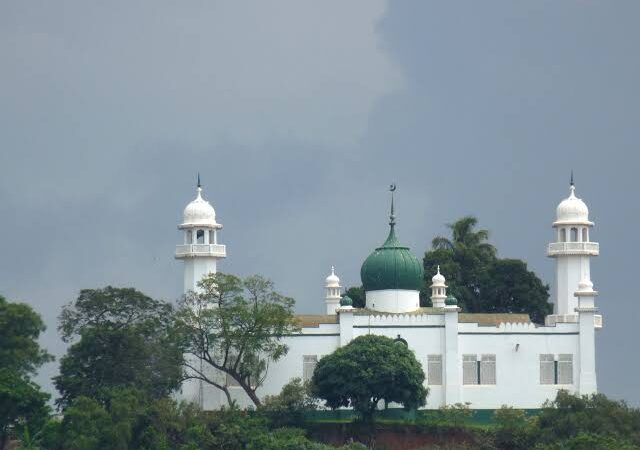Kampala city is Uganda’s capital located in the central region north of Lake Victoria, Africa’s largest fresh water lake. Kampala has become one of Africa’s top visited cities giving travelers remarkable experiences of vibrant city with its amazing people. For those planning to visit Kampala city for a sightseeing tour, here is the list of the top places to visit in Kampala during your city tour in Uganda.
- The Uganda National Theatre
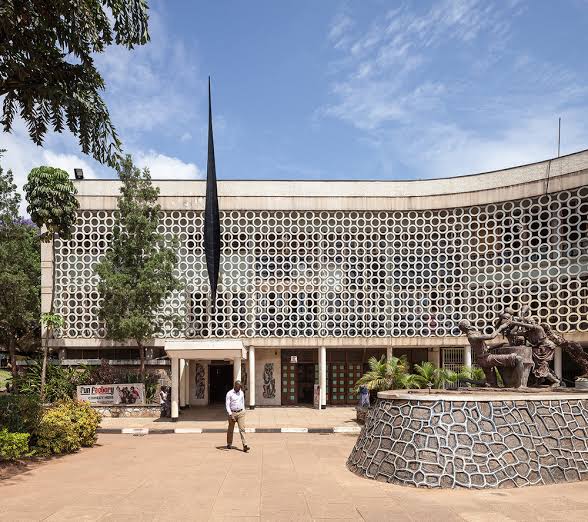
The Uganda National Theatre and cultural centre is located near to the Uganda Parliament in Kampala. The theatre was constructed in the 1950s during the colonial rule due to an increased interest in theatre performances. The theatre have comedy performances every Thursday by Fun Factory and was designed with an influence of the Britain theatres designs. There’s also Nommo gallery where you can buy African art and craft from local and regional artists.
- Nakasero Market
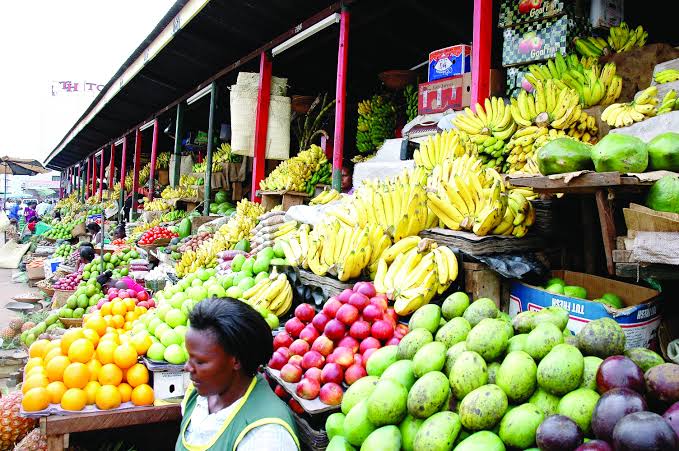
This is Kampala largest fruit and vegetable market with fresh products from all over the country. All the vegetables and fruits are brought daily from the villages and they are fresh from the gardens. Taste some of the organic fruits such as mangoes, yellow bananas (the small ones are better), jack fruit, berries, among others. You can even get a change to taste one of Uganda’s delicacy known as Nsenene; a type of grasshopper eaten mostly during the month of November.
- Owino Market
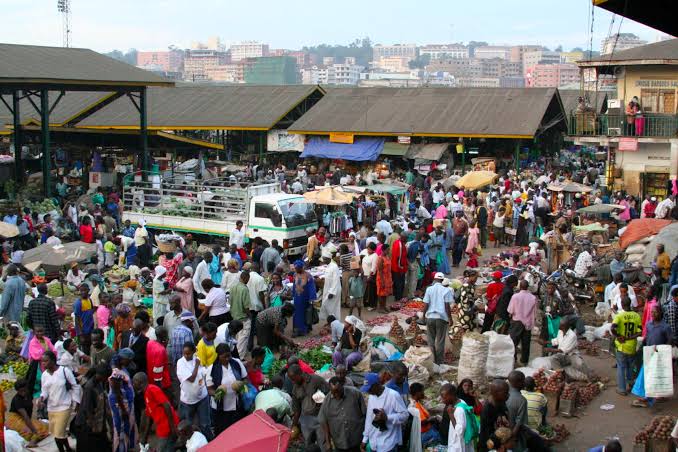
This is the most crowded place in Kampala, Owino market sell all kinds of things from clothes, household utensils and foods most of which are second hand clothes and shoes from USA, UK, China and china-made (fake) things. You are advised to be more vigilant when you visit this place due to high level of pick-pocketing and you must not take any valuables with you.
- Uganda National Mosque
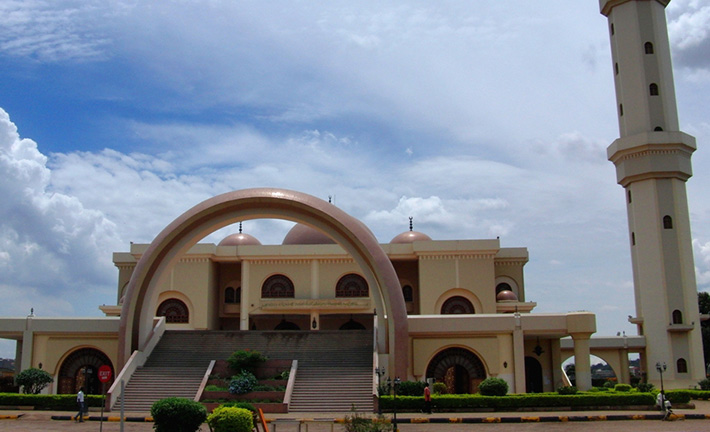
Constructed on Old Kampala hill, the Uganda National Mosque also known as Gadaffi mosque is among the largest mosques in Africa. Constructed by Colonel Muammar Gadaffi as an appreciation to Uganda for allowing Islam during the reign of President Idi Amin Dada though its construction was finished in 2005. A visit to this mosque is a highlight on a Kampala city tour and its minaret gives you a 360 view of the city.
- Namirembe Cathedral
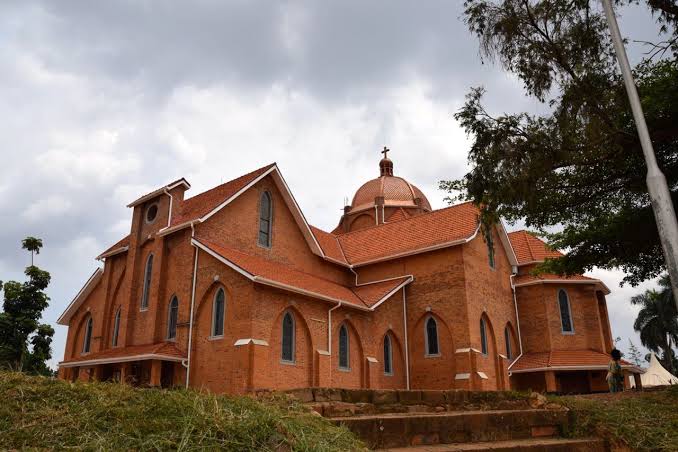
St Paul Cathedral also known as Namirembe Cathedral is one of the oldest Anglican churches in Uganda. Constructed by the early missionaries in the 1890 on Namirembe hill where the King of Buganda gave the Agelican church to make their base to oreach the good news to the Baganda people. The red brick cathedral has not changed the design since its initial building and still magnificent as it was with just a few renovations. Outside the cathedral are the tombs of the early missionaries. A Sunday service would be ideal.
- Rubaga Cathedral
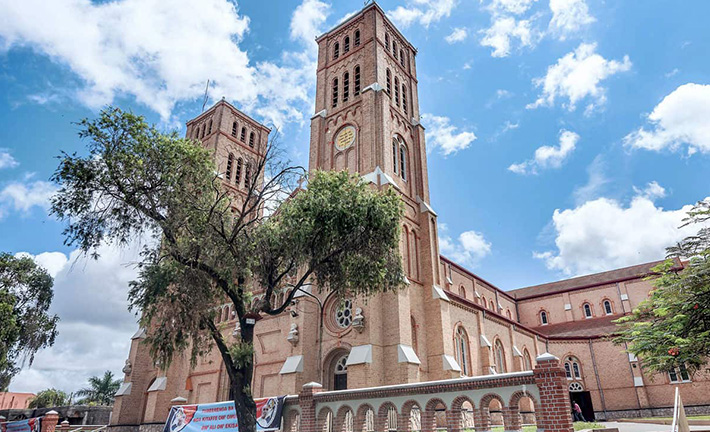
Also known as St Mary’s Cathedral, Rubaga cathedral is the oldest Catholic church in Uganda contructed on the Lubaga Hill. The cathedral is constructed on the hill given to the Catholic by the Kabaka of Buganda. The cathedral houses the remains of the first African Catholic Bishop and the first African Archbishop of Kampala Diocese, Joseph Kiwanuka.
- Bulange Building
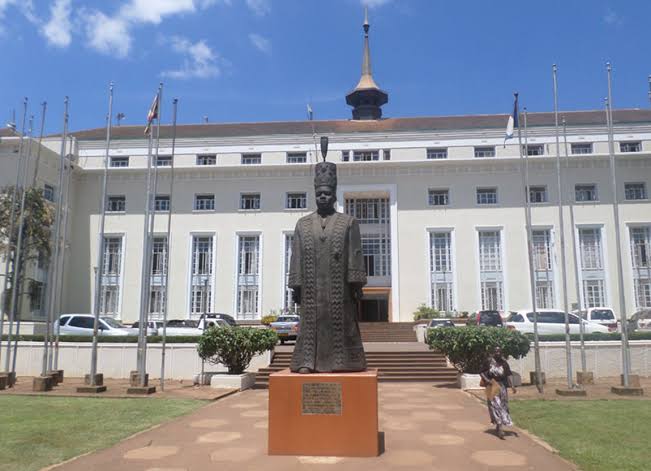
This is where the Buganda Kingdom parliament (Lukiiko) sits to discuss matters concerning the Baganda people. The Bulange building is located excatly 1 mile from the King’s Palace with a straight road that links the two. The road has a round about with a middle road where only the King of Buganda passes because it is believed that the King does not go in rounds, this round about is known as Nantawetwa.
- Lubiri Palace
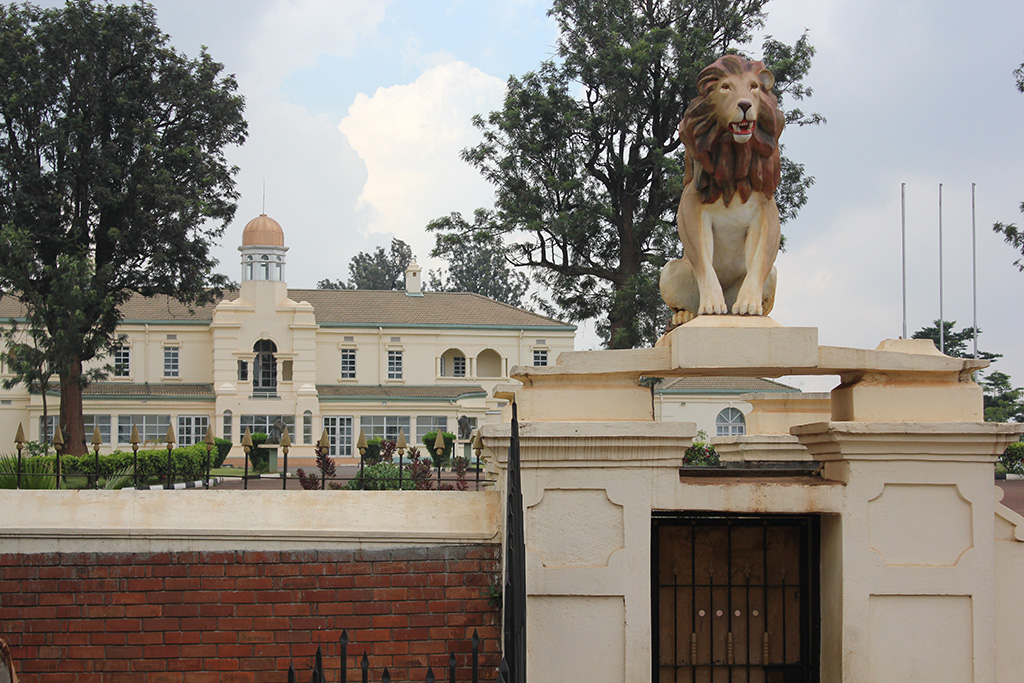
The Lubiri or King’s Palace is located firmly on Mengo hill with views of most of the hills in Kampala giving an advantage to the King to rule his Kingdom with great oversight. The Palace has 52 rooms representing all the 52 clans of the Baganda people. In the compond are the reaminf of the rolls royce vehicle that belonged to Kabaka Edward Muteesa who was the first President of Uganda. There’s also a canon which was used by Idi Amin when he attacked the Palace and a torctoure chamber where Presidents Idi Amin and Dr Milton Obote killed many people that were opposing their rule.
- Namugongo Martyrs Shrine
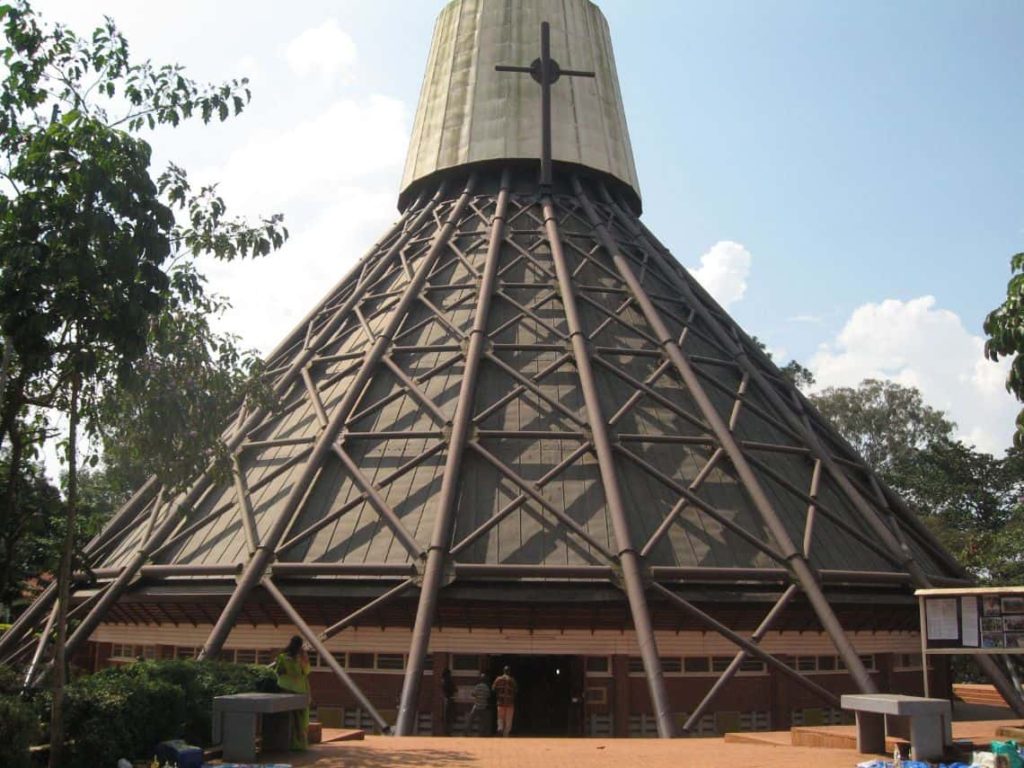
The Uganda Martyrs basilica in Namugongo is dedicated to the 22 young Christian congregants who were brutally murdered between 1885-1887 by Kabaka Mwanga for their allegiance to Christianity. They were beatified in 1920 by Pope Benedict XV and later canonized by Pope Paul VI in 1964. Every 3rd of June is a public holiday in Uganda celebrating the Uganda martyrs and millions of people travel from allover the globe to mark this day. Pope Paul VI in 1969, Pope John Paul II in 1993, and Pope Francis in 2015 have visited the basilica.
- Baha’i Temple
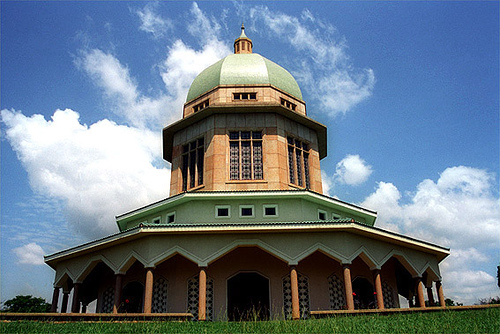
The Bahá’í Mother Temple of Africa, also known as the Mashriqu’l-Adhkar, is the only Bahá’í temple on the continent and one of only nine around the world. The temple on the hill is located about three kilometres (two miles) from Kampala, the capital city of Uganda. Completed in January 1961, the Kampala Baha’i Temple has since received hundreds of visitors. The beautiful grounds offers a wide range of photographic opportunities however one is asked to respect the Temple interior and not to take photos within.
- Makerere University
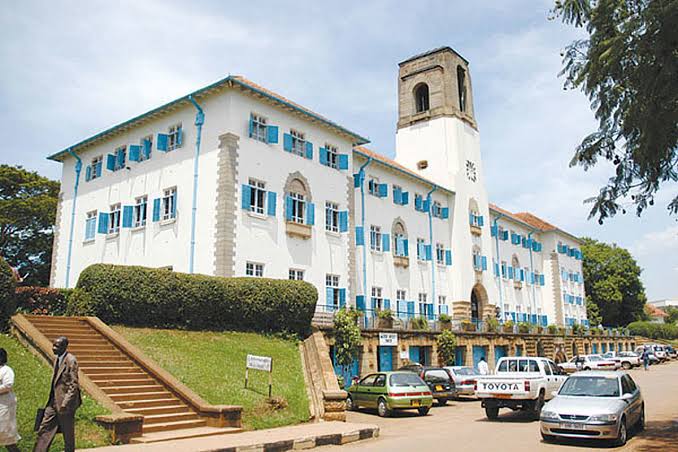
This esteemed public University has held the mantle of Uganda and East Africa as an icon for tertiary training. Established in 1922 as a simple technical school, Makerere is Uganda’s second oldest institution after Katigondo seminary in Masaka. It has satisfactory education setting with its semi-autonomous collegiate system offering doctoral, graduate and under graduate programmes. Despite its educational repute, Makerere University is a tourist destination of its own. The rich heritage that is demonstrated by the colonial architectural buildings clearly brings out its test of time. Commonly denoted as the Ivory tower, it contains protruding buildings that escalate up to the sky such as the main building- also the main administration block and the Senate building which is the academic hub of Makerere University.
- Uganda Museum
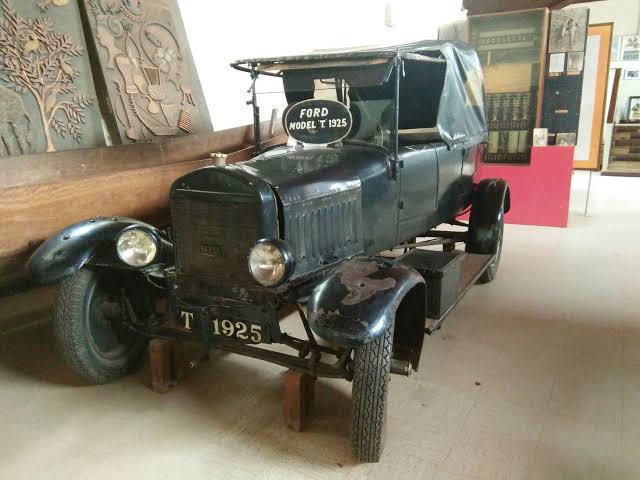
The National Museum of Uganda is the oldest in East Africa and perhaps the best rooted in an ethnographic collection first exhibited in 1905 in a small Greek temple near Lugard fort on Hill of Old Kampala. The Museum was officially established in the year of 1908 and it was initially known by the local Baganda as Enyumba Ya Mayembe (House of fetishes) and its exhibits were believed to bestow supernatural powers on the colonial government. The museum was shifted in 1954 to its present site on Kiira road. For those with an interest on pre-colonial African history, a lot of amazing exhibits on the Nakayima tree, Ntusi, Bigo bya Mugyenyi as well as other aspects of the history of Uganda. The more rewarding is magnificent collection of traditional musical instruments from all over the continent and the ethnographic gallery which houses a variety of exhibits relating to traditional Ugandan life styles. In the back yard there are vehicles of historic people and the huts of all traditional tribes of Uganda.
- Kibuli Mosque
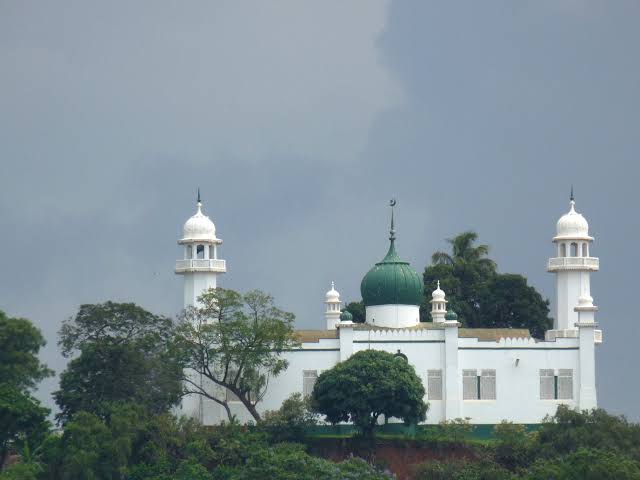
Kibuli Mosque is one of the biggest and oldest mosques in Uganda with a beautiful view over Kampala. The mosque was constructed on Kibuli hill which was given to the Islamic community by the Kabaka of Buganda to build their base to spread Islam in the region. Kibuli mosque is the headquaters of Islam in Uganda.
- The Independence Monument
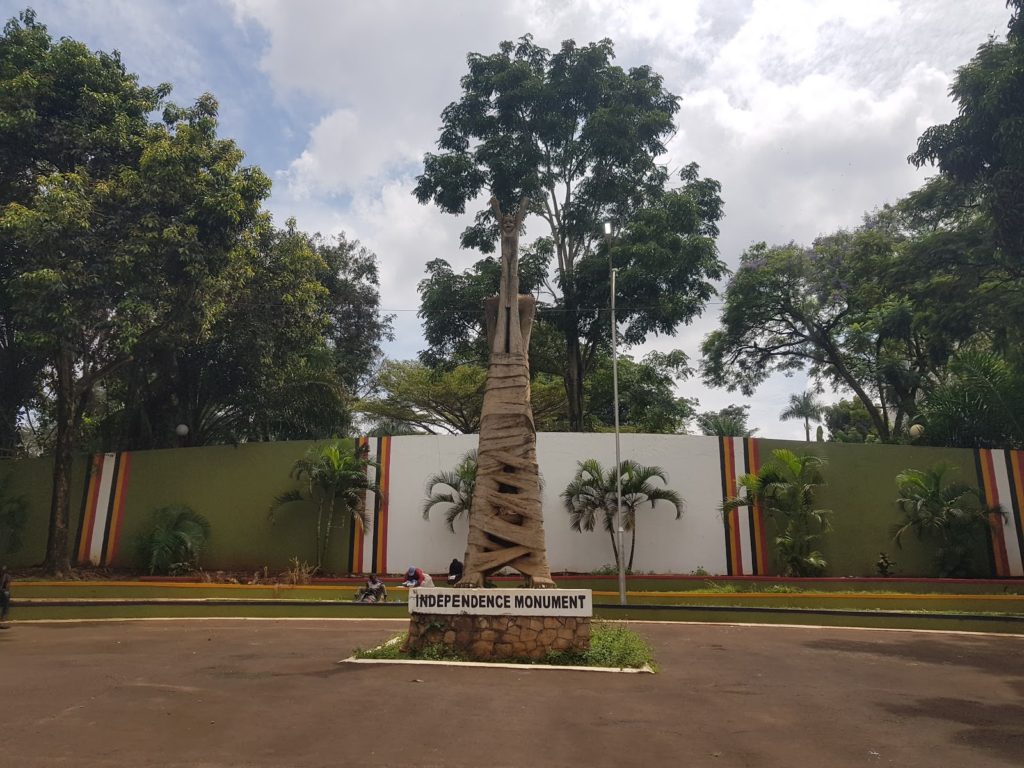
This historical feature is one of the rewarding sights in Kampala city. Rising magnificently to the height of 6 meters, the monument commemorates the attainment of Independence in 1962. It is situated at the heart of the city of Kampala amidst Grand Imperial Hotel, Sheraton Hotel and Standard Chartered Bank. It was put up by the British colonial administration a year before the celebration of Uganda’s independence in 1962. This historical feature depicts a man unwrapping a child and raising a child to touch the sky. This demonstrates a new born nation set free from bondage of colonialism. The independence monument was crafted by Gregory Magoba and unveiled by the first Prime Minister of Uganda Apollo Milton Obote (R.I.P)
- The Kabaka’s Lake
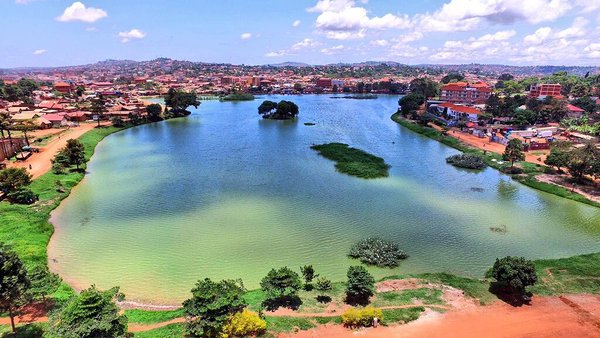
This is one of the long surviving manmade lakes in Africa. Dug on orders of Kabaka Mwanga in the 1880s, the Kabaka’s lake is a stunning feature one can identify in the city of Kampala. Though the past of Kabaka Mwanga has only been identified with the bad, this ancient king left something of wonder that brings out the other side of him. The five acre lake is a wonderful feature sprinkled with birds on its shore and a green lush amidst it.
For guided Kampala sightseeing tours, contact us via info@kampalacitytours.com or call us on +256701367970.

